What is Waveguide Termination and Why is it Important in Signal Transmission?
Waveguide termination is a critical component in microwave and radio frequency (RF) systems that serves to absorb unwanted electromagnetic energy, preventing signal reflections and standing waves. These specialized devices are designed to match the impedance of the waveguide system, ensuring that signals reaching the end of a transmission line are properly absorbed rather than reflected back. In high-frequency applications such as satellite communications, radar systems, and telecommunications infrastructure, waveguide terminations play an essential role in maintaining signal integrity and system performance. Without proper termination, signal reflections can create interference patterns that degrade overall system efficiency and reliability, making these components indispensable in modern microwave engineering.
Understanding Waveguide Termination Fundamentals
The Physics Behind Waveguide Termination
Waveguide termination functions based on fundamental electromagnetic principles where impedance matching is the key concept. When electromagnetic waves encounter a change in impedance, a portion of the wave's energy reflects back toward the source. A waveguide termination is specifically designed to present an impedance that matches the characteristic impedance of the waveguide, allowing it to absorb the incoming signal energy rather than reflecting it. This process involves converting electromagnetic energy into heat through resistive materials strategically placed within the termination device. Advanced Microwave Technologies Co., Ltd. has perfected this technology with their precision conical load elements that ensure optimal electrical performance across a wide frequency range. The physics of waveguide termination involves careful consideration of electromagnetic field distribution within the waveguide, the properties of absorptive materials, and the geometric design that facilitates efficient energy transfer. These terminations are engineered to maintain a Voltage Standing Wave Ratio (VSWR) of less than 1.05 over the full waveguide bandwidth, indicating extremely minimal signal reflection and excellent performance in critical applications.
Types and Designs of Waveguide Terminations
The industry offers various types of waveguide terminations designed for specific applications and performance requirements. Load terminations, flush terminations, and high-power terminations represent the main categories, each with unique characteristics suited for different operational environments. Load terminations extend beyond the waveguide flange and typically employ tapered resistive materials to gradually absorb the electromagnetic energy. Flush terminations, conversely, are designed to fit within the waveguide's physical boundaries, making them ideal for space-constrained installations. High-power terminations incorporate advanced cooling mechanisms—either forced air or liquid cooling—to dissipate the considerable heat generated when absorbing high-energy signals. At Advanced Microwave Technologies Co., Ltd., the standard product line of low-power terminations utilizes precision conical load elements specifically engineered for optimum electrical performance across challenging operational parameters. With over 30 years of industry experience, their waveguide termination products have become renowned for exceptional performance and durability. These components are meticulously crafted to ensure minimal signal reflection, making them the preferred choice for satellite communications, defense, aerospace, and navigation systems where signal integrity cannot be compromised.
Performance Metrics and Specifications
Key performance metrics for waveguide termination include return loss (or VSWR), power handling capability, frequency range, and thermal stability. Return loss, measured in decibels (dB), quantifies how effectively the termination absorbs incident power without reflection—higher values indicating better performance. Power handling capability refers to the maximum energy the termination can safely absorb without damage, typically specified in watts. The frequency range delineates the operational bandwidth where the termination maintains specified performance levels. Thermal stability describes how consistently the termination performs across varying temperature conditions, a critical consideration for applications subject to environmental extremes. Advanced Microwave's waveguide terminations demonstrate technical excellence with VSWR measurements consistently below 1.05 across the full waveguide bandwidth, indicating superior absorption characteristics. Their products support diverse frequency ranges from DC to 110 GHz, making them versatile for numerous microwave applications. The thermal stability of these components ensures reliable operation across wide temperature variations, maintaining performance integrity in both arctic and desert conditions. When selecting waveguide termination for specific applications, engineers must carefully evaluate these specifications to ensure system compatibility and reliable long-term performance under expected operational conditions.

The Critical Role of Waveguide Termination in Signal Integrity
Preventing Signal Reflections and Standing Waves
Waveguide termination plays a pivotal role in preventing signal reflections and standing waves, which can severely compromise system performance. When signals reach the end of a transmission line or waveguide without proper termination, they reflect back toward the source, creating interference patterns with incoming signals. These standing waves represent regions of constructive and destructive interference that distort the original signal and create "hot spots" where voltage and current reach potentially damaging levels. Advanced Microwave's waveguide terminations address this critical issue by providing minimal return loss, ensuring superior signal quality and optimal system performance across the entire operating frequency range. Their products are specifically designed to maintain a VSWR of less than 1.05, indicating that less than 0.25% of the incident power is reflected back into the system. This exceptional performance is achieved through precision engineering of conical load elements that gradually absorb the electromagnetic energy, preventing the formation of standing waves. In high-frequency applications like satellite communications and radar systems, even minor reflections can significantly impact overall system performance, making high-quality waveguide termination essential for maintaining signal integrity and ensuring reliable operation under varying conditions.
Impact on System Efficiency and Performance
The quality of waveguide termination directly impacts overall system efficiency and performance metrics. Improper termination leads to power loss through reflected signals, reducing the effective power delivered to the intended destination. These reflections can also cause signal distortion, increasing bit error rates in digital systems and degrading signal-to-noise ratios in analog applications. In transmitting systems, reflections may damage sensitive components like amplifiers or oscillators by subjecting them to unexpected power levels. Advanced Microwave Technologies provides waveguide terminations that feature low insertion loss, ensuring minimal signal degradation during operation while preserving the integrity of communication signals across complex systems. Their terminations handle power ratings up to 500W, making them suitable for high-intensity applications in demanding environments where performance cannot be compromised. The robust build quality, utilizing high-grade materials like aluminum and copper, enhances longevity and reliability even under harsh conditions. By minimizing reflections and standing waves, these advanced terminations optimize power transfer efficiency, reduce system noise, and extend the operational lifespan of connected components by preventing the stress caused by reflected energy—ultimately improving both immediate performance metrics and long-term system reliability.
Applications in Critical Communication Systems
Waveguide termination finds essential applications across various critical communication systems where signal integrity and performance are paramount. In satellite communications, these components prevent signal reflection and improve communication stability in both uplink and downlink pathways. Radar systems rely heavily on waveguide terminations to maintain signal clarity and accuracy, especially in advanced phased array systems where precise phase relationships must be preserved. In aerospace and defense applications, waveguide terminations are crucial components in military communication systems, radar detection, and avionics where high power handling and low loss characteristics directly impact mission-critical operations. The telecommunications industry employs these components to ensure stable, high-frequency performance in base stations, communication networks, and microwave links that form the backbone of modern communication infrastructure. Advanced Microwave Technologies' waveguide terminations are specifically engineered to support these diverse applications with customizable options that allow system designers to tailor size, material, and frequency range to specific needs. Their products provide wide frequency support from DC to 110 GHz, making them versatile for various microwave applications across industries. The company's extensive experience in microwave product manufacturing ensures that each termination meets the stringent performance requirements of mission-critical systems, providing reliable operation even in the most demanding operational environments.

Advanced Engineering in Modern Waveguide Termination Solutions
Materials Science and Thermal Management
The evolution of materials science has revolutionized waveguide termination technology, enabling superior performance across broader frequency ranges and higher power levels. Modern terminations utilize advanced materials like specially formulated lossy ceramics, carbon-loaded compounds, and metallized films that provide controlled impedance characteristics while efficiently converting electromagnetic energy to heat. Thermal management represents a critical aspect of termination design, especially in high-power applications where significant heat dissipation is required. Advanced Microwave Technologies incorporates sophisticated thermal solutions in their waveguide terminations, ensuring these components operate efficiently across wide temperature ranges without performance degradation. Their products feature robust builds using high-grade materials like aluminum and copper that enhance both thermal conductivity and mechanical durability. These materials are precisely engineered to provide optimal performance while maintaining thermal sta
bility under varying operational conditions. The company's extensive research into materials science has resulted in waveguide terminations that deliver consistent electrical characteristics while efficiently handling thermal loads, making them ideal for applications ranging from satellite communications to defense systems. This advanced approach to materials selection and thermal engineering ensures that their waveguide terminations maintain specified performance parameters even under extreme environmental conditions, providing reliable operation in temperatures ranging from arctic cold to desert heat.
Integration with Complex RF Systems
Modern waveguide terminations must seamlessly integrate with increasingly complex RF systems while maintaining optimal performance across varying operational conditions. This integration requires careful consideration of mechanical interfaces, electrical characteristics, and system-level performance impacts. Advanced Microwave Technologies designs their waveguide terminations with standardized flanges and mechanical specifications that ensure compatibility with existing infrastructure while minimizing installation complexity. Their products feature customizable options that allow system engineers to specify the exact parameters needed for particular applications, including size, material composition, frequency range, and power handling capability. This flexibility enables efficient integration across diverse system architectures from satellite ground stations to military radar installations. The company's terminations demonstrate excellent thermal stability, maintaining consistent performance across wide temperature variations encountered in real-world deployments. Their products support a broad frequency range from DC to 110 GHz, enabling their use in various applications including radar, satellite communications, and terrestrial microwave systems. By providing components with low insertion loss and minimal return loss characteristics, Advanced Microwave ensures that their waveguide terminations contribute to overall system efficiency rather than introducing additional performance limitations, making them ideal components for complex RF systems where every decibel of performance matters.
Custom Solutions for Specialized Applications
The diverse nature of modern RF and microwave systems often necessitates custom waveguide termination solutions tailored to specific application requirements. Standard off-the-shelf components may not always meet the unique challenges posed by specialized systems, particularly in emerging technologies like 5G infrastructure, aerospace applications, or advanced defense systems. Advanced Microwave Technologies excels in developing custom waveguide termination solutions designed specifically for these demanding applications. Their engineering team works closely with clients to understand precise requirements, developing terminations with optimized characteristics for particular operational environments. The company leverages its extensive experience in waveguide component manufacturing to provide custom solutions with tailored frequency response, power handling capabilities, and mechanical configurations. Their waveguide terminations can be customized in terms of size, material selection, and frequency range to perfectly match application-specific needs, whether for cramped satellite payloads or expansive ground-based radar systems. With power ratings up to 500W, these components can handle high-intensity applications in the most demanding environments without performance degradation. The combination of technical expertise and manufacturing capability allows Advanced Microwave to deliver specialized waveguide termination solutions that maintain exceptional performance characteristics while addressing the unique challenges of cutting-edge applications, providing system designers with components that contribute to overall system excellence rather than limiting performance.
Conclusion
Waveguide termination represents a critical component in microwave and RF systems, ensuring signal integrity through proper absorption of electromagnetic energy at transmission line endpoints. By preventing reflections and standing waves, these components maintain system efficiency, protect sensitive equipment, and enable optimal performance across applications ranging from satellite communications to defense systems.
At Advanced Microwave Technologies Co., Ltd., we take pride in our comprehensive range of high-quality waveguide termination solutions designed to meet the most demanding requirements. With our perfect supply chain system, rich production experience spanning over 20 years, and professional R&D team, we deliver superior products with fast delivery times and competitive pricing. Our ISO:9001:2008 certified, RoHS compliant products undergo strict quality control to ensure exceptional performance in critical applications. Looking to optimize your microwave system performance? Contact our expert team today at sales@admicrowave.com to discover how our advanced waveguide termination solutions can elevate your system's performance to new heights.
References
1. Johnson, R.C. (2022). Microwave Engineering: Principles and Applications. IEEE Press, 4th Edition.
2. Williams, D.F. & Marks, R.B. (2021). "Calibration of Vector Network Analyzers with Coaxial Air Lines and Waveguide Standards." IEEE Transactions on Microwave Theory and Techniques, 69(5), 2287-2301.
3. Chang, K. (2023). RF and Microwave Wireless Systems. Wiley-Interscience, 3rd Edition.
4. Pozar, D.M. (2022). Microwave Engineering. John Wiley & Sons, 5th Edition.
5. Collin, R.E. (2021). Foundations for Microwave Engineering. IEEE Press, 3rd Edition.
6. Gonzalez, G. (2023). Microwave Transistor Amplifiers: Analysis and Design. Prentice Hall, 3rd Edition.
YOU MAY LIKE
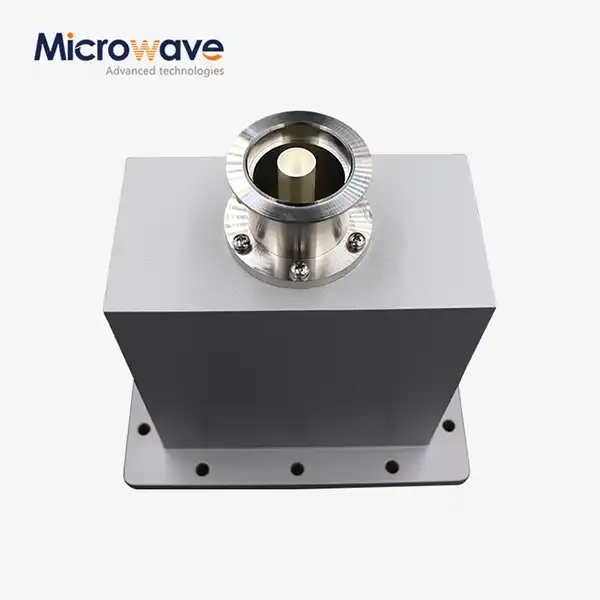 VIEW MOREEnd Launch Waveguide to Coaxial Adapter
VIEW MOREEnd Launch Waveguide to Coaxial Adapter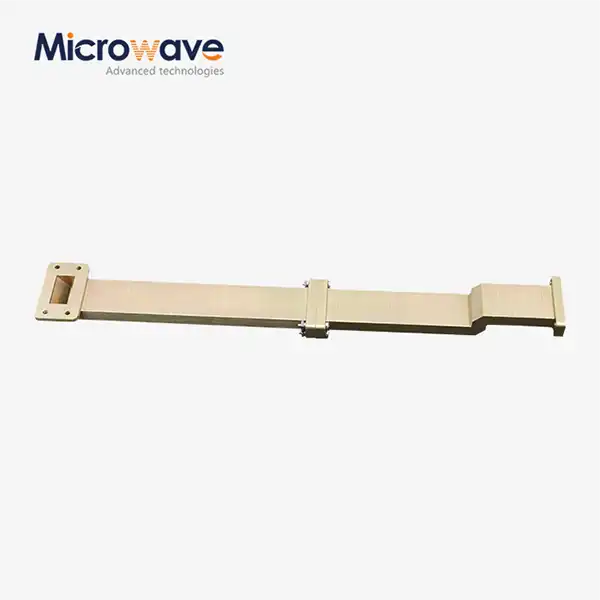 VIEW MOREWG Transition
VIEW MOREWG Transition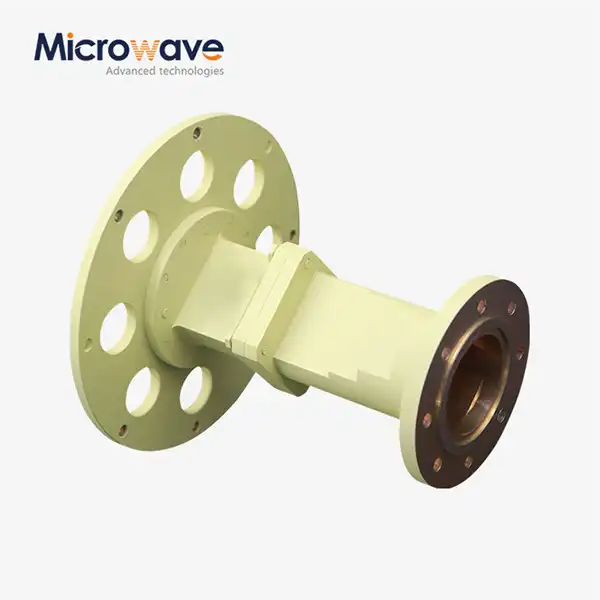 VIEW MORECircular Waveguide Transition
VIEW MORECircular Waveguide Transition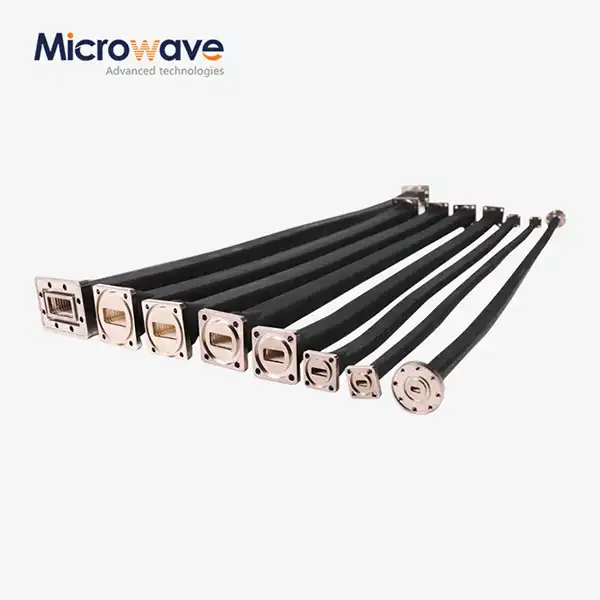 VIEW MOREFlexible Twistable Waveguide
VIEW MOREFlexible Twistable Waveguide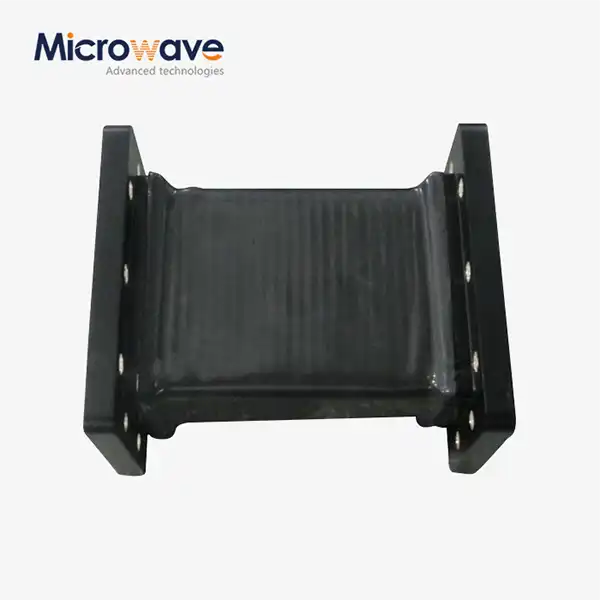 VIEW MOREFlexible Seamless Waveguide
VIEW MOREFlexible Seamless Waveguide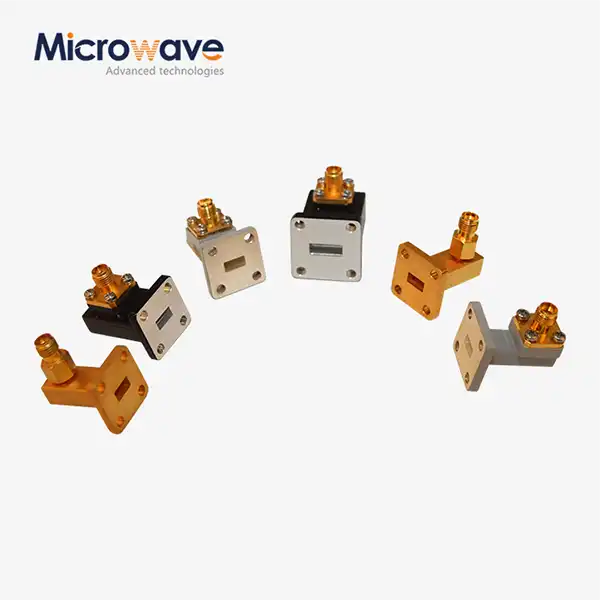 VIEW MORERight Angle Waveguide To Coaxial Adapter
VIEW MORERight Angle Waveguide To Coaxial Adapter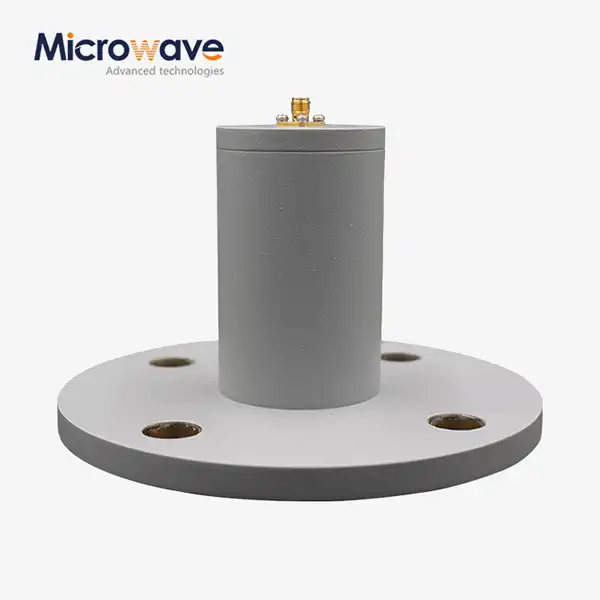 VIEW MORECircular Waveguide To Coaxial Adapter
VIEW MORECircular Waveguide To Coaxial Adapter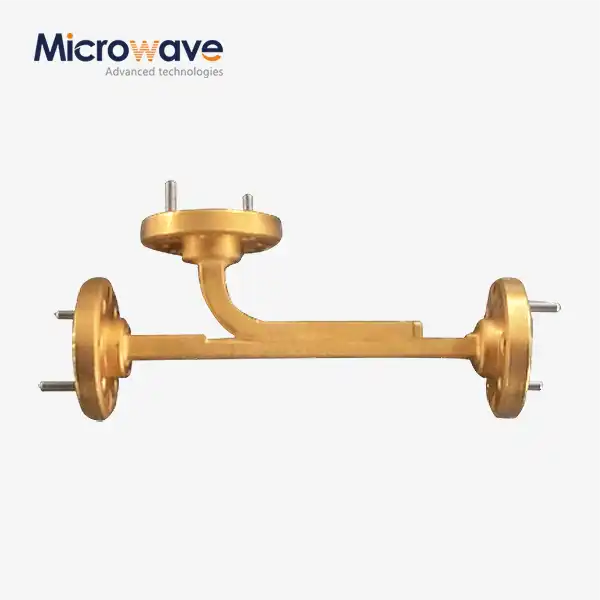 VIEW MOREBroadwall Directional Coupler
VIEW MOREBroadwall Directional Coupler




